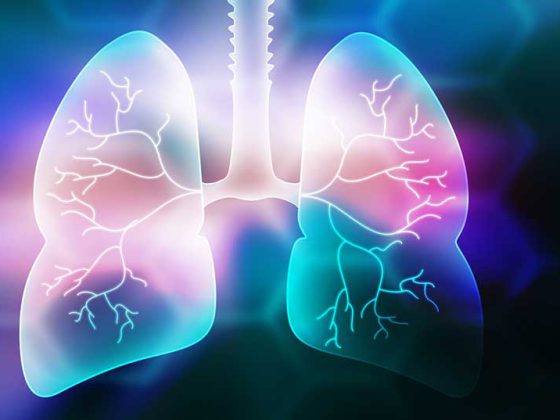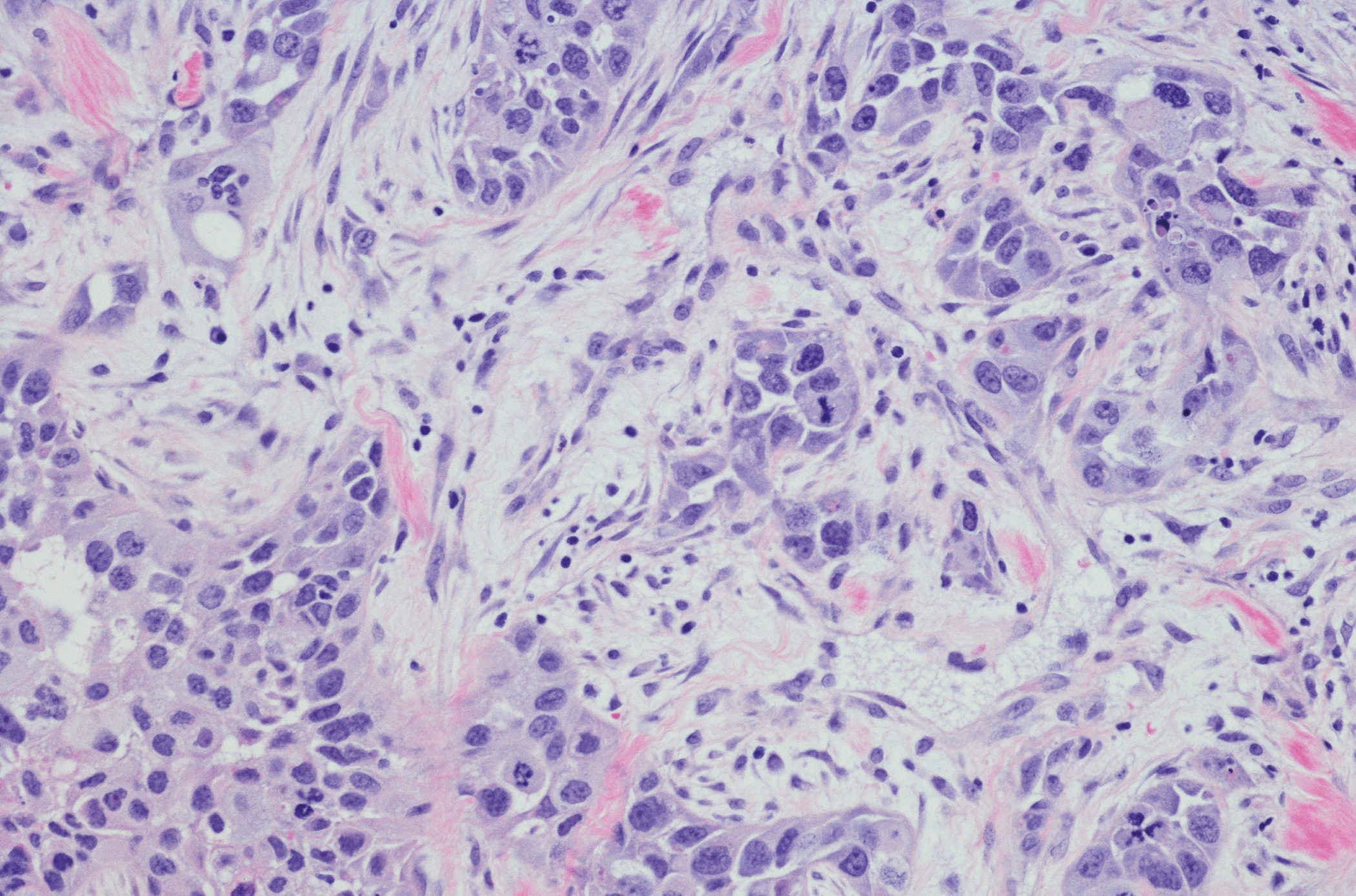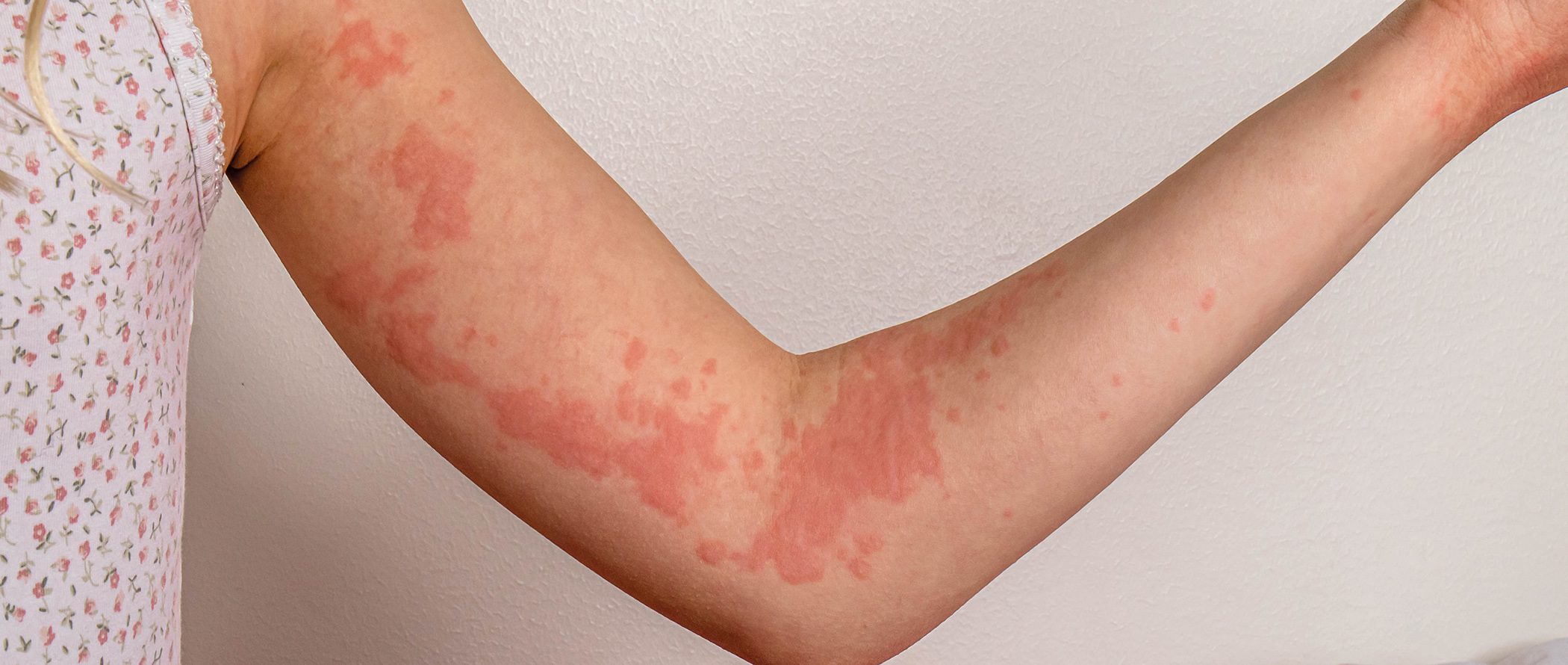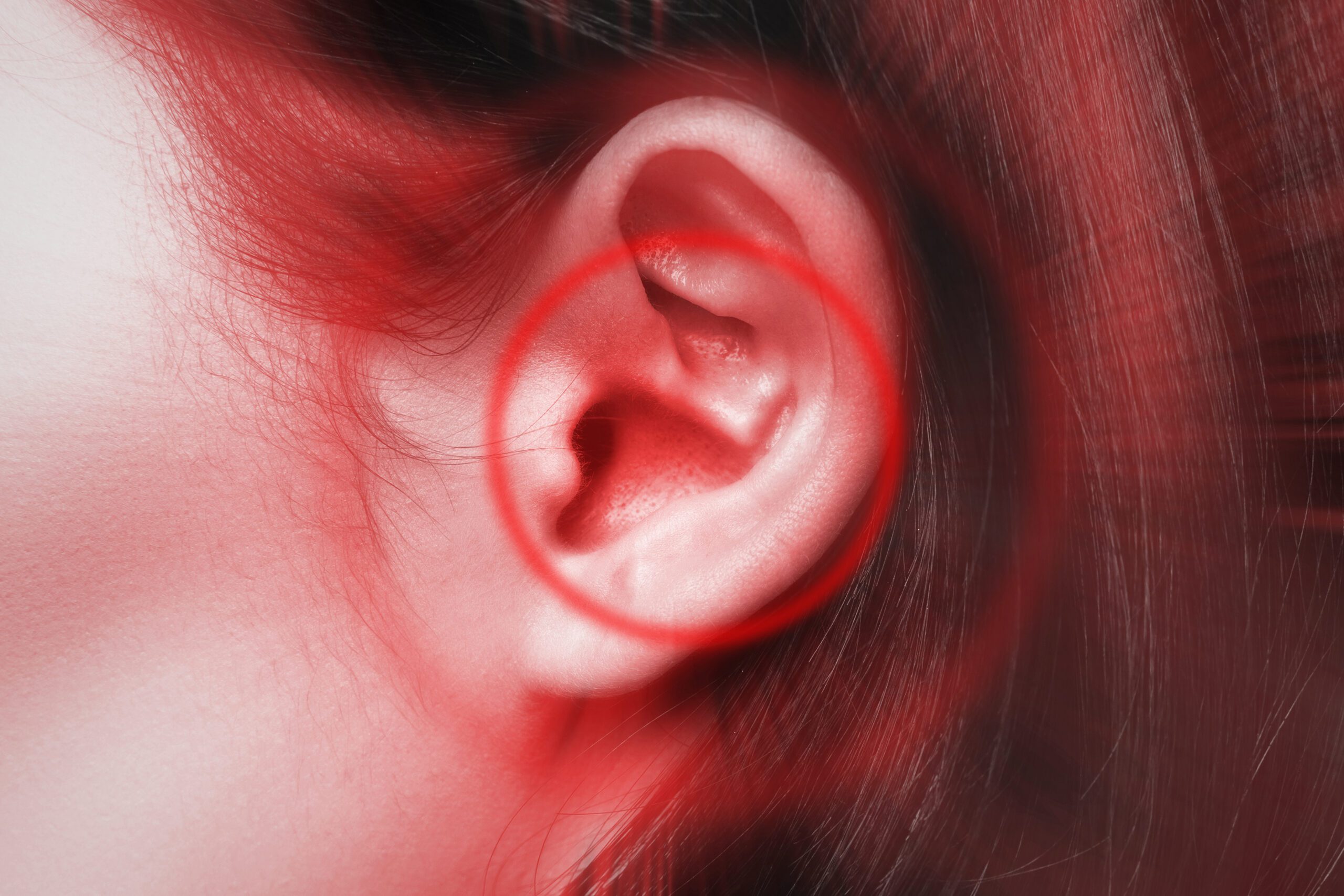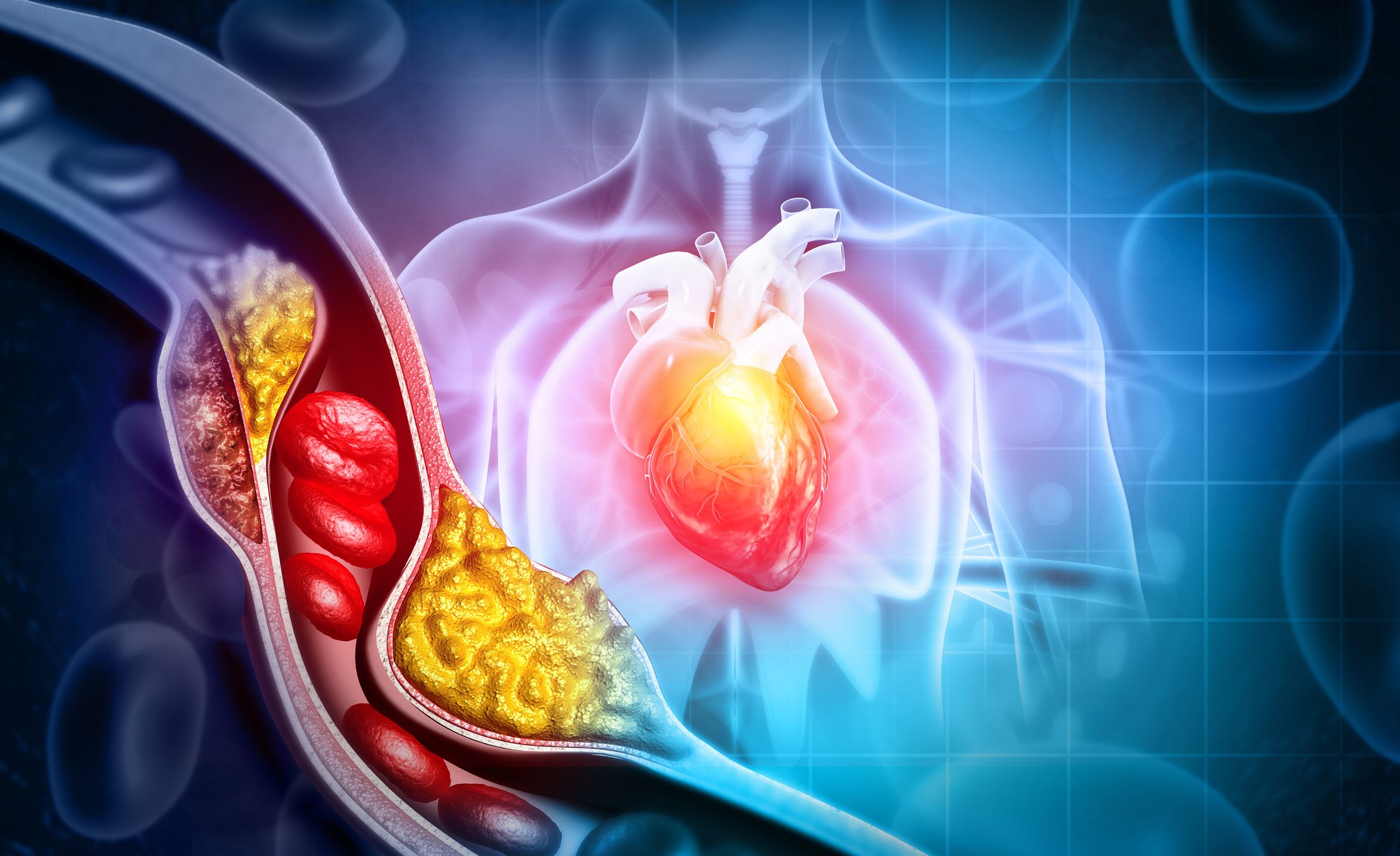There are many different anti-aging strategies, including the use of antioxidant agents. How the function of the endogenous antioxidant system of the skin can be supported most effectively has not yet been conclusively clarified.
The term exposome is composed of “expose” and “genome” (totality of our genes) – it refers to environmental influences that affect the transcription mechanisms of DNA via epigenetic processes. Exposome factors that influence skin aging and can lead to skin damage include UV radiation and pollutants in the air [1]. Ultraviolet (UV) radiation is considered to induce oxidative stress and this can contribute to acute and chronic damage to the skin. Empirical evidence varies on the question of the extent to which negative effects on the skin triggered by oxidative stress can be influenced by antioxidants in the form of topical applications or by diet [2]. Endogenous antioxidants are synthesized by the body itself, exogenous antioxidants must be supplied from outside. Caffeine, vitamins C and E, and secondary plant compounds are the best known antioxidant substances. Carotenoids, phenolic acids, flavonoids, phytoestrogens and sulfides are among the secondary plant compounds. Carotenoids (e.g. β-carotene, lycopene) are known to scavenge free radicals in vitro. During the EADV 2019 Congress in Madrid, Dr. Mauro Picardo, San Gallicano Dermatological Institute, Rome, spoke about the role of antioxidants in the skin aging process [2].
Knowledge about topical antioxidants
According to a 2019 publication by Prof. Karen E. Burke, MD, The Mount Sinai ICAHN School of Medicine, New York, topical antioxidants in sufficiently high bioavailable concentrations can enhance natural endogenous defenses [3]. From human experimental studies, there is evidence that antioxidant-containing topical formulations are effective, especially against UV-induced damage [2]. However, the data base of randomized clinical trials is too small to derive specific uniform scientific standards for specific antioxidant treatments that have been shown to produce anti-photoaging effects, Dr. Picardo said. There is controversy among experts about the advantages and disadvantages [2]: On the one hand, topical antioxidants are credited with protecting against photoaging and possessing regenerative properties. Compared to an oral dosage form, the use of topical formulations theoretically allows for many times higher concentrations, he said. Topical retinoids (vitamin A derivative) contribute to the regeneration of photoaged skin and have a preventive effect against photoaging by stimulating the synthesis of collagen I, causing a reorganization of collagen fibers and increasing the number of anchoring fibrils. Critics argue that while topical formulations are very effective against acute UV damage, their effectiveness against chronic damage has not yet been established. In addition, the efficacy of topical applications of vitamins C and E was correlated with plasma levels. Effects could only be achieved by administration over a long period of time. Another disadvantage mentioned is that antioxidants are usually labile molecules, with the esterified derivatives of vitamins E and C being stable but requiring metabolization into the active form by the skin.
| UV rays are a trigger factor for oxidative stress In particular, UV-A rays with wavelengths in the 315-400 nm range penetrate deep into the skin and can cause damage at the cellular level. This causes oxidative stress and promotes the formation of reactive oxygen species (ROS), which include free radicals. Oxidative stress is an imbalance between free radicals and antioxidants. ROS can damage DNA structures, contributing UV A radiation to cytotoxic effects. |
Diet rich in carotenoids for protection
The primary source for the human organism is food (e.g. fruits, vegetables and sea products). The best known carotenoids are β-carotene and lycopene. Carotenoids have antioxidant properties and accumulate in the epidermis. According to a 2019 review by a team of researchers from the University of Zagreb [4], there are several empirical evidences that the photoprotective effects of carotenoids are not only due to direct light-absorbing properties, but also to antioxidant effects as well as regulation of various relevant mechanisms (UV-induced gene expression, stress-dependent signal transduction, and/or suppression of cellular-level responses). This is especially true for β-carotene, lycopene, lutein and astaxanthin. The authors state that carotenoid-rich diets contribute to photoprotective effects for the skin and the beneficial effects regarding skin aging have been proven (e.g. improvement of elasticity and hydration of the skin, as well as reduced formation of wrinkles and age spots). In addition, carotenoids may also be useful for prevention and treatment of certain light dermatoses, including erythropoietic porphyrias and porphyria cutanea tarda. The extent to which the photoprotective properties of carotenoids have protective effects with respect to skin cancer is not yet clearly understood, although UV radiation is considered to be a major etiopathogenetic factor for the development of non-melanocytic tumors.
Literature:
- Krutmann J, et al: The skin aging exposome. J Dermatol Sci 2017; 85(3): 152-161.
- Picardo M: Are antioxidants able to prevent photoageing? Dr. Mauro Picardo, EADV Congress, Madrid, Oct. 12, 2019.
- Burke KE: Protection From Environmental Skin Damage With Topical Antioxidants. Clin Pharmacol Ther. 2019 Jan;105(1):36-38. doi: 10.1002/cpt.1235. Epub 2018 Oct 29.
- Balić A, Mokos M: Do We Utilize Our Knowledge of the Skin Protective Effects of Carotenoids Enough? Antioxidants (Basel). 2019 Jul 31;8(8). pii: E259. doi: 10.3390/antiox8080259
- Chen L, et al: The role of antioxidants in photoprotection: A critical review. JAAD 2012; 67(5): 1013-1024.
DERMATOLOGY PRACTICE 2020; 30(3): 23



